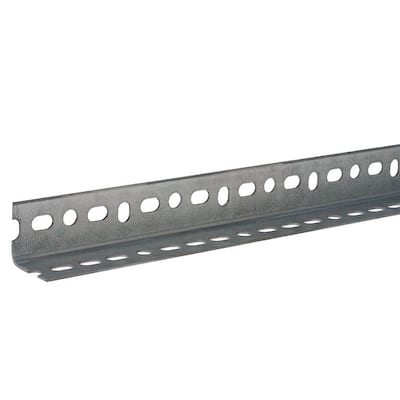Hi Devon, here’s a few related questions (even though you didn’t ask for them, haha!)
Seeing you’re in Idaho, are you concerned with snow loads? A 5’ x 10’ perfectly flat surface could retain quite a mass. For a non-professional example, a foot of compacted snow at 15 lbs / cu ft and 4 ft of new snow at 5 lbs (I’m only grabbing quick numbers from the net), that would be 35 lbs x 5 x 10, or 1,750 lbs.
So you’ll want to plan your joists and supporting structure accordingly, perhaps in view of local codes for snow loads on flat roofs, just so your work lasts. Picture a large table that needs to perhaps support half a car. Such a “table” might need 4x4 legs planted in the ground, at the corners and probably a pair in the middle of the 10’ span.
As the joists may sag over time, you may want to plan on some drain holes in the middle. Or, include posts in the middle. And maybe a slight arch, to ensure that there isn’t much ponding.
Due to the 5’ depth of the yard, that’s almost a full body length (for me at least, haha!) to reach to the far edge, if only from one side. I’m sure I’ve missed some details on the plan, so I’m having trouble picturing a cross-section. How many tracks? From the place you stand, what’s the elevation of the storage yard, and that of the roof-yard?
Is a section of the roof-yard (closest to you) hinged upwardly for access?
Final question, is there any way to create a structural sloped roof over the area, using common building materials, to take the snow load, shed the rain, and perhaps give you some shade? Like an awning or lean-to?
Best regards,
Cliff
 Found @ Home Crapo
Found @ Home Crapo